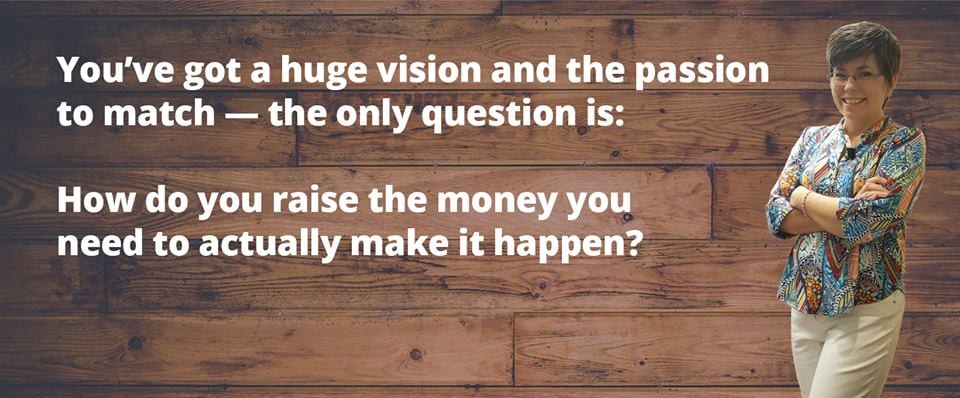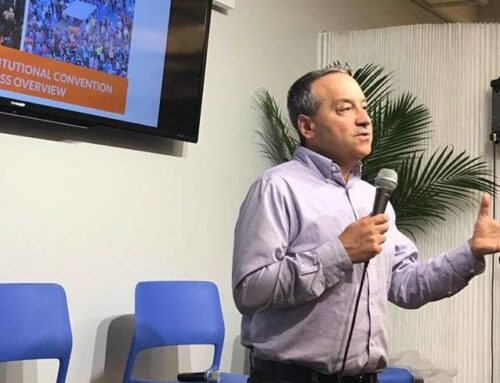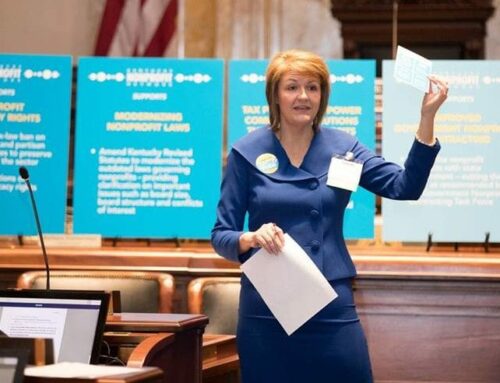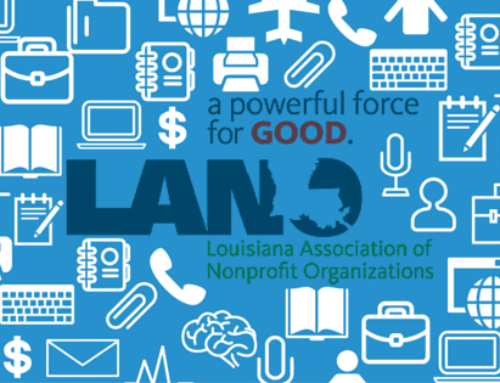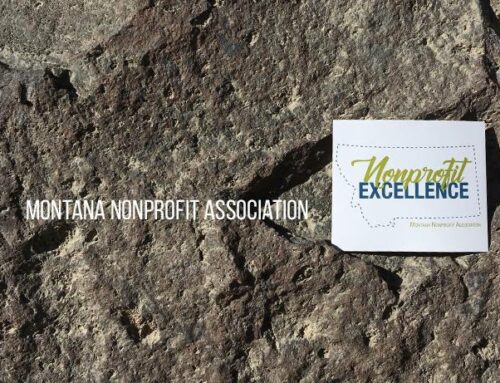Sandy Rees is the owner of Get Fully Funded, an organization which provides consulting services for nonprofits regarding fundraising strategies. Rees found herself in the nonprofit sector when she visited a local rescue organization while working in marketing for a corporate staffing company. This organization, Knox Area Rescue Ministries, asked her to be a part of their board.
“I was in over my head, but it was a great learning opportunity,” Rees says. When a job opportunity became available in their fundraising department in 1998, she took the position, which officially launched her professional career in the sector. From there, she went on to serve as the Director of Development for Second Harvest Food Bank.
Rees’ position at Second Harvest provided little formal training, but developed her ability to discover which fundraising strategies actually generated results. Second Harvest had many special events established, and Rees notes that this strategy can be very difficult for any organization to sustain because of the level of involvement necessary. Without many corporate sponsors, these events can often result in a minimal fundraising result despite the time and energy they require.
As Rees worked with Second Harvest, she learned to focus the organization’s efforts on grants and other fundraising strategies that were shown to be effective. With her leadership, the organization’s annual revenue went from $250k to $1.2m between her second and fifth years at the Food Bank.
“I knew I was making a difference,” Rees says. She continued making a difference in the nonprofit sector when she took a position as the Director of Development at the Joy Music School. The organization provided training for talented students who would otherwise not have the opportunity to study music, and this was the first time that the school had employed a development specialist. Rees had found her calling in the nonprofit sector.
“I knew I was making a difference.” – Sandy Rees
Because of her track record for passion and success, Rees’ friends encouraged her to start her own consulting business for nonprofits. In 2005, she took their advice and launched her own firm, Get Fully Funded. Printing business cards and acquiring her first client, she suddenly was in business. Now, Get Fully Funded has four additional staff members, with two being grant writers. The organization hosts webinars and provides other teaching and training opportunities.
“We are helping organizations feed people, house people, cure diseases, and save animals,” Rees says. One day, this may take the form of speaking on the phone with clients for many hours. Other days, helping these organizations might mean leading webinars online or breakout sessions at a conference. No matter what Get Fully Funded does, its staff is focused on how they can better serve the nonprofit community.
“We are helping organizations feed people, house people, cure diseases, and save animals.” – Sandy Rees
Rees and her team serve a wide variety of organizations from all over the country. One exciting aspect of this is seeing organizations willing to help one another develop fundraising strategies. For example, recently, Rees edited a generosity report from a client, and then the client shared it with their Mastermind Group.
“People are happy to share resources to help others,” Rees says of her organization’s clients. Her belief in the willingness of others to contribute extends to donors as well. While many in the nonprofit sector have expressed concern regarding the new tax laws and their effects on donations, this does not concern Rees.
“People have been giving to charity long before there were tax benefits, and they will continue to give long after there are no tax benefits,” Rees encourages. She points to the fact that many other countries do not have tax deductions, and that it only affects donors who are itemizing.
“People have been giving to charity long before there were tax benefits, and they will continue to give long after there are no tax benefits.” – Sandy Rees
Although the tax laws are not a primary concern for Rees in the coming year, she does express frustration with constant changes to Facebook. Many organizations heavily engage through the social media platform, but it is continually transforming. While this is a major way that nonprofits engage with their donors, Rees points out that the core of a nonprofit’s mission is not to remain an expert in Facebook.
“It’s frustrating to them—and frustrating to me—when they start to figure out a marketing channel, and then it changes,” Rees comments. Providing services is a more important focus than figuring out Facebook repeatedly. Despite the difficulties of evolving social media, Rees recognizes ways that nonprofits can keep working toward successful communication in 2018.
“[You can give] people the opportunity to become more than just a donor, to become a partner or become a friend to the organization,” Rees says. “Successful organizations take the time to build a relationship.” One way to build relationships with donors is ensuring that newsletters and updates are relevant and meaningful to the reader, not just the creator of the content.
“Put yourself in the shoes of your donor,” Rees suggests. “What does she care about? What does she know? What is she interested in?” If the goal in writing a newsletter is simply to check it off a to-do list, Rees observes that the result is often difficult to read for anyone outside of the organization and can turn donors away. On the other hand, accessible and interesting content can bring donors toward an organization.
“Put yourself in the shoes of your donor…What does she care about? What does she know? What is she interested in?” – Sandy Rees
“When you send out a sizzling hot newsletter that people want to read, your open rates go up, your click through rates go up, and your donations go up,” Rees says. Purposeful communication can develop relationships that are vital to nonprofits, and Rees believes that nonprofits can find successful ways of working within the industry.
“I would love to change the mindset that if you work in a nonprofit you have to struggle, that it’s a badge of honor to struggle and operate on a shoestring budget,” Rees says. Every August, she leads a three-day workshop focused on mindset. In this workshop, she explains that the first step is to admit that you have a problem, and from there, you can begin developing a solution. Looking to the year ahead, Rees and Get Fully Funded champion nonprofits’ ability to find these solutions in fundraising strategies and to help their communities in the process.
